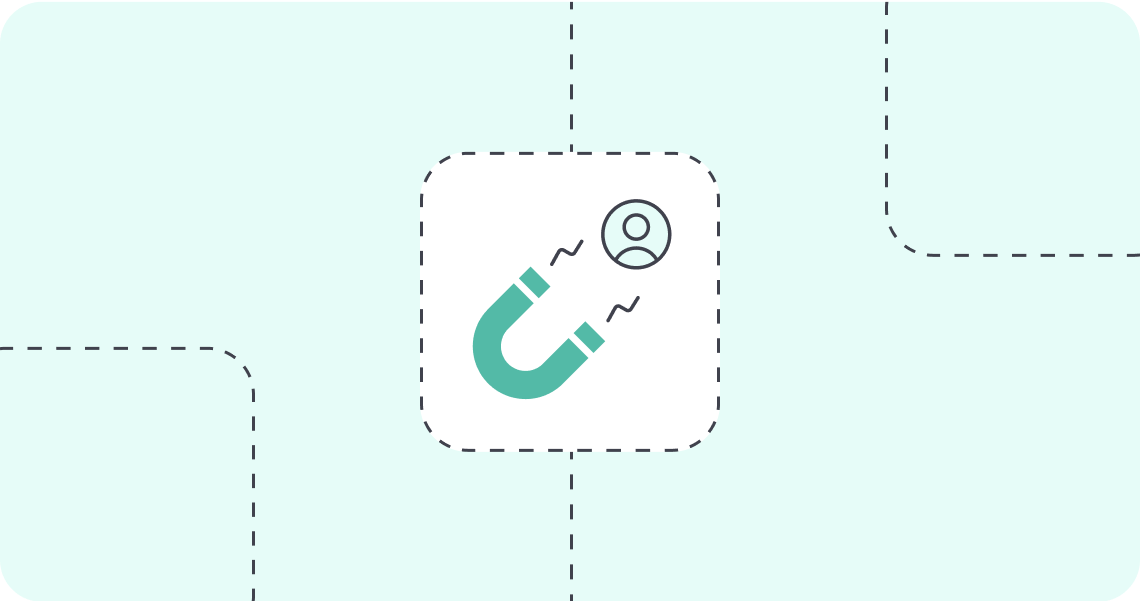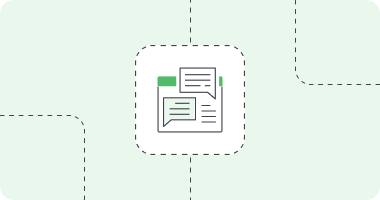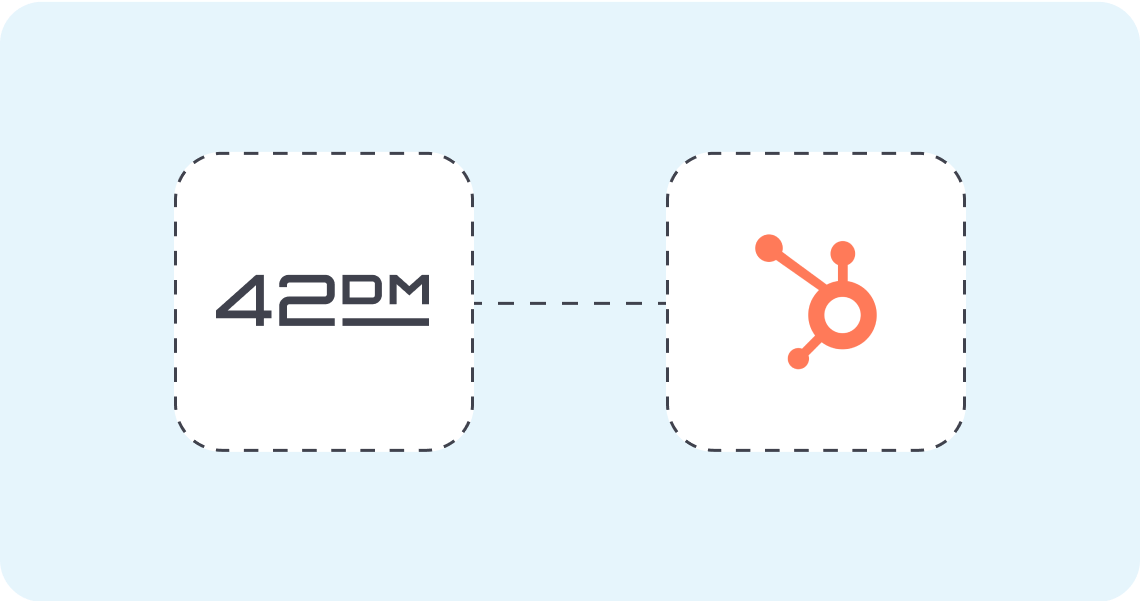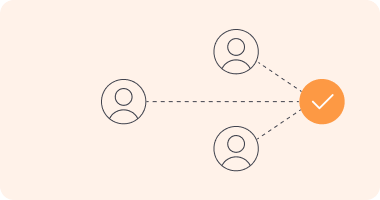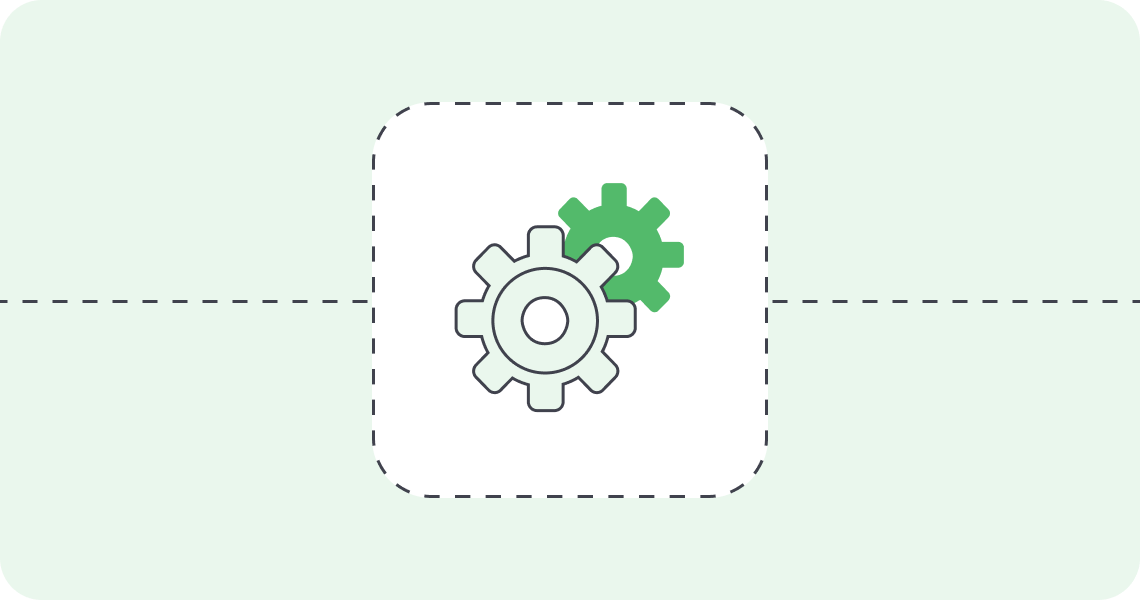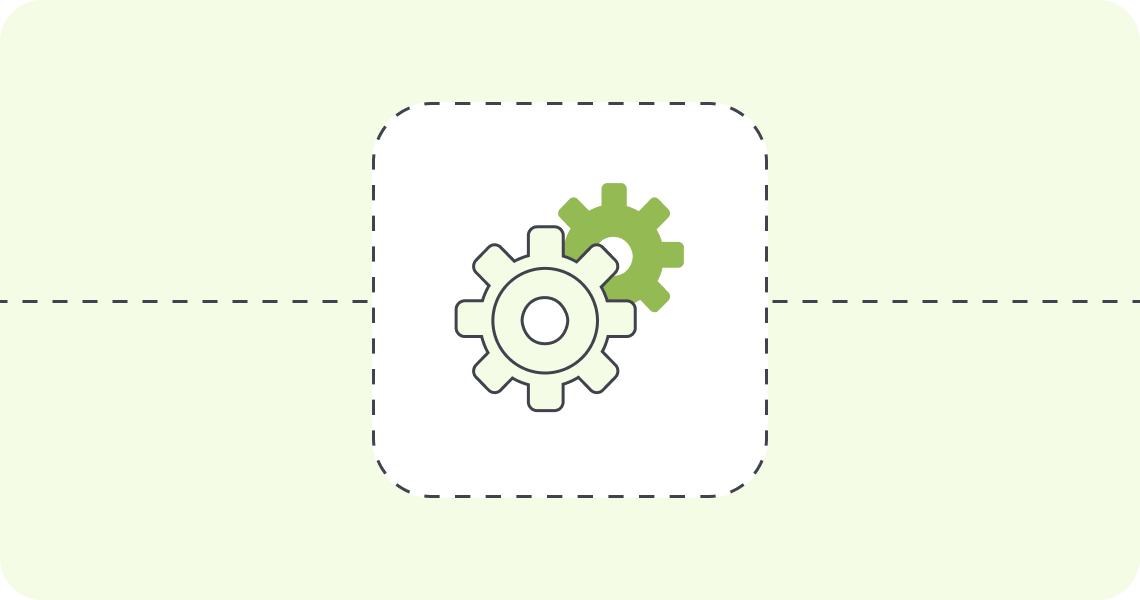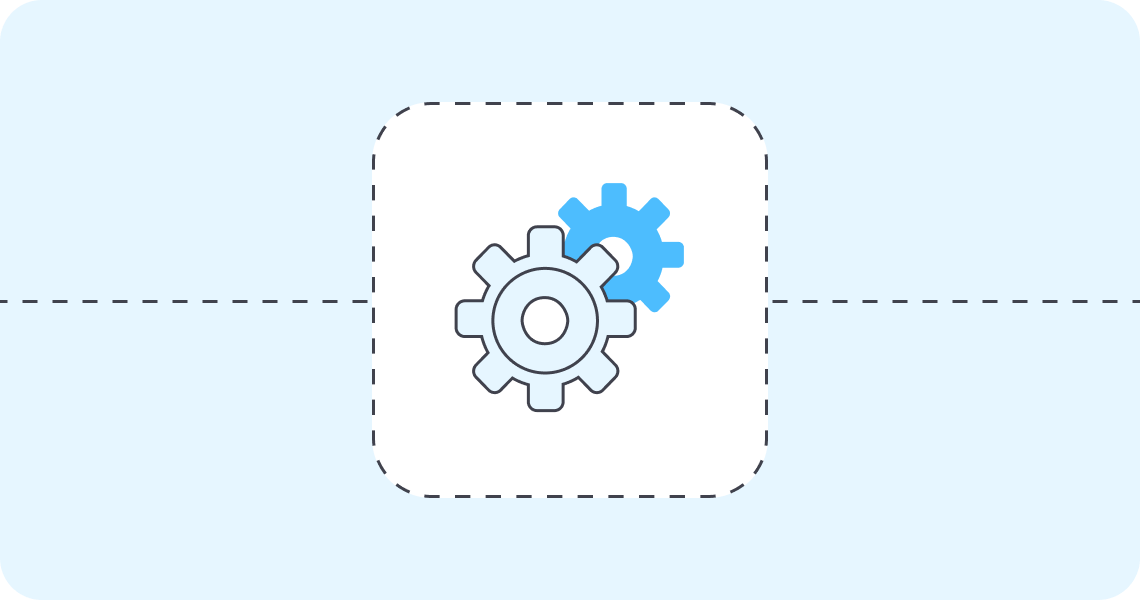During times of uncertainty, it’s essential for businesses to remain agile and concentrated. Adopting an Account-Based Marketing (ABM) approach can be a deliberate and economical way of conducting sales and marketing activities, allowing you to effectively target specific accounts with enhanced efficiency and effectiveness. By utilizing MarTech data and insights, an ABM strategy can help you allocate your resources towards the most important accounts, design tailored engagement plans, and continuously measure and improve your outcomes in real-time, while also being mindful of your budget and maximizing your return on investment (ROI).
Benefits of ABM
Intent Signals to reach more Accounts
Enrolling more accounts into programs can yield similar quantitative results as those in a thriving economy. Utilizing programmatic ABM allows for greater potential, enabling businesses to convert enrolled accounts into opportunities through customized content strategies, facilitated by state-of-the-art and efficient martech architectures.
Opportunities Over Leads
With the aid of focused and extensive content strategies, programmatic ABM programs are capable of captivating and cultivating high-intent accounts, while simultaneously gathering valuable engagement insights for sales. Advanced AI tools further amplify the potential, allowing for personalized content ideas to be produced at scale with reduced resource requirements and at a faster pace.
Shorten the Sales Pipeline
With the added intelligence gained about opportunities, sales teams are better equipped to efficiently close customers, leading to a shorter sales cycle. By prioritizing accounts with higher intent, a significant impact can be made on the sales pipeline.


8-step proven ABM framework
When facing challenging economic conditions, it can be risky to rely solely on traditional ABM and ABX practices, which have traditionally been applied to only a small number of accounts with a high level of personalization. Even accounts with strong intent signals can become high-risk investments, as the situation can rapidly change. Therefore, it becomes crucial to implement ABM and ABX practices at scale to mitigate the risks of prolonged sales cycles and achieve timely goals.
In short, we suggest dividing ABM campaign into 3 parts:
- Know your customer
- Plan personalized experience
- Deliver at scale with ABM tech
To implement these stages, we at growth marketing agency 42DM develop a stage by stage framework:
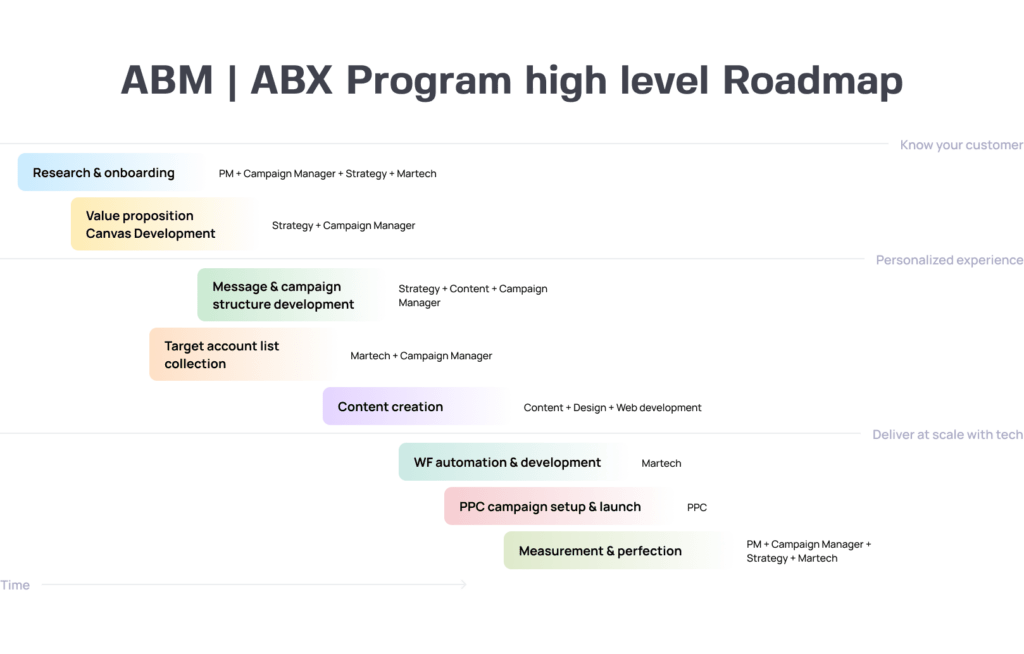
Step 1: Research, Onboarding & Resources Alignment
Preparing your company for ABM requires several crucial steps, such as establishing goals and budgets, comprehending your target audience, identifying the company’s needs, and assessing available resources. To facilitate this process, various tools are employed to evaluate resources, conduct market research, and gain a comprehensive understanding of the current situation.
Step 2: Value proposition canvas development
The objective is to develop a value proposition that will serve as a central reference point for content creation, encompassing target audience segments, Jobs-To-Be-Done (JTBD), as well as their respective pains and gains.
Step 3: Target Audience Collection
A critical component for the success of ABM is to have a highly specific and well-defined list of target audiences, comprising the individuals that the business intends to convert into customers. Collecting target audience data can be accomplished through various tools, which are typically combined for enhanced effectiveness. For example, Snovio and Triblio are useful tools, providing email, LinkedIn, and domain information of target audiences in a single platform.
Step 4: Messages & Campaign Structure Development
Once an advanced target audience list is established, the next step is to strategize how to reach them, resulting in the development of a content plan and roadmap. To ensure that the plan is data-driven, various tools such as Google Analytics, Hubspot, Marketo, and others are employed.
Step 5: Content & Assets Development
This stage involves the creation of various content types to support the ABM program, including email templates, landing pages, blogs, articles, and social media posts, among others. ChatGPT is an excellent resource for conducting research and proofreading the content, while Pepperflow facilitates content curation and distribution. For designing purposes, Figma and Adobe are our preferred tools.
Step 6: Marketing Automation & Development
The next step is to automate as many sales and marketing processes as possible. This involves utilizing various tools such as Hubspot as a CRM, Marketo for marketing automation, Zapier and Reply for email marketing automation, and Triblio for running multi-channel campaigns.
Step 7: Ads Campaigns Setup & Launch
Once all the preparatory stages are completed, the focus shifts to setting up ABM & ABX campaigns. This involves leveraging tools to ensure that the content is visible to the target audience. Triblio and Influ2 are useful for detecting intent signals and running campaigns, in conjunction with other advertising applications.
Step 8: Measurement & Perfection
The last step involves measuring the results and fine-tuning the campaign to achieve the best possible outcome. Analytics tools are particularly useful for audience and messaging analytics.
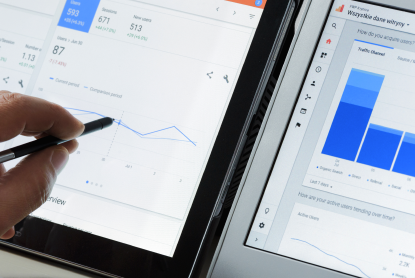

Want to leverage your sales & marketing resources?
To achieve success in ABM, B2B companies must identify their ideal client profile, create a customized content strategy, and utilize personalized technology to connect all channels and activities. While a comprehensive list of martech tools is available, implementing and integrating them to produce results requires expert knowledge. Fortunately, 42DM is prepared to act as your ABM leader and guide you through the process. Click here to chat with us!

